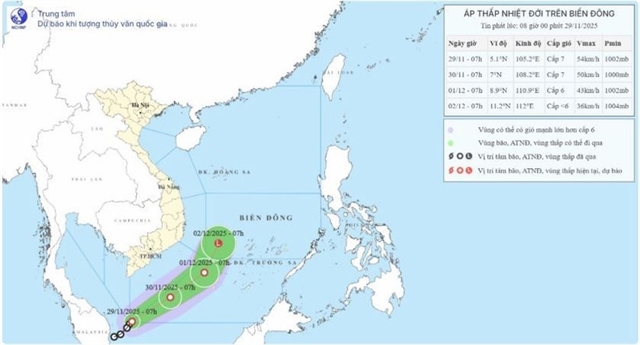 Society
Society

At present, the coach stations’ management done by obsolete methods has caused disorder and disorganisation. Therefore, technology integration into management practices is urgently required.
 |
| People wait to buy tickets at Mỹ Đình coach station in Hà Nội. - VNA/VNS Photo |
HÀ NỘI – “Obsolete methods” are being used to manage bus terminals in Việt Nam and a technological upgrade is badly needed, officials say.
They acknowledge that the current management system has promoted disorder, making it difficult to track transport lines and routes.
Đỗ Công Thuỷ, Director of Transport, Directorate for Roads of Việt Nam (DRVN), under the Ministry of Transport (MoT), said information bulletins including bus schedules are done manually at present, using paper ‘transport permits’ (Appendix 17, Circular 63/2014).
Under this method, only the most basic information about a route can be tracked. Other detailed information including the actual departure or arrival time, or the identity of drivers and other staff can only be accessed by referring to the permit slips.
When there is a hike in the number of vehicles and passengers, especially during holidays, the staff cannot keep up with the demand, and congestion is inevitable, Thủy said.
There are 457 bus terminals in the country, placed under six classes based on their size, capacity, infrastructure and management systems. Classes 1, 2 and 3 have 26, 42 and 58 stations respectively, and the remaining 301 fall into the lower three classes.
However, the DRVN has assessed that many terminals, including those in Class 1, offer inadequate services to passengers.
Many fixed routes overlap, and inspections of fare listing, drivers’ licenses, vehicle’s papers, as well as arrival and departure times are perfunctory, and unlikely to effect needed changes.
This lack of a professional management system has caused confusion among passengers, as also considerable traffic disturbance in areas surrounding the bus terminals.
It has also made it difficult for local Departments of Transport and relevant authorities to monitor bus terminal operations in real time. They have to wait for periodic reports to be submitted by the terminals.
Manual data collection and reportage is error prone, and relevant authorities often formulate and implement local route plans based on unreliable and inaccurate information.
Changes in the offing
To change the current situation, the DRVN is piloting the introduction of management software at selected bus terminals like Central Đà Nẵng, Thượng Lý, Niệm Nghĩa, Lạc Long (Hải Phòng City); Giáp Bát, Gia Lâm, Yên Nghĩa, Nước Ngầm (Hà Nội); Central Cần Thơ; and Đắc Lắk.
The pilot project will help the Directorate remove software bottlenecks prior to nationwide deployment, officials said.
Thuỷ said that during the pilot period, data gathered at the bus terminals will be constantly updated and forwarded to central management agencies.
The software will automatically synthesise, analyse and process collected information, making it easy to access activity reports of each bus terminal and to collate such information nationwide.
Passengers’ benefit
“All bus terminals will be required to upload data concerning routes, list of transport companies operating on each route, license plates of every working vehicle and registered fares,” Thuỷ said.
“Information on all buses coming in and out of the station will also need to be updated constantly. This includes license plates, drivers, routes and number of passengers boarding at the station. Infringements as well as on-site penalties levied will be made public”, he added.
Nguyễn Văn Thanh of the Việt Nam Automobile Transport Association said the new software will enable transportation firms to easily track route frequency, the number of passengers and other details, and authorities to monitor the firms.
“Technology needs to be integrated into transport management as soon as possible, and all operators should be required to implement software solutions. The current manual management is just untenable,” Thanh said.
DRVN Deputy Director Phan Thị Thu Hiền said that applying the management software will improve the quality and effectiveness of bus terminals. Their operations will become more transparent, making it easier to inspect and monitor them, he said.
Most importantly, he added, it will be much easier for passengers to access information on all the bus routes nationwide. -VNS




